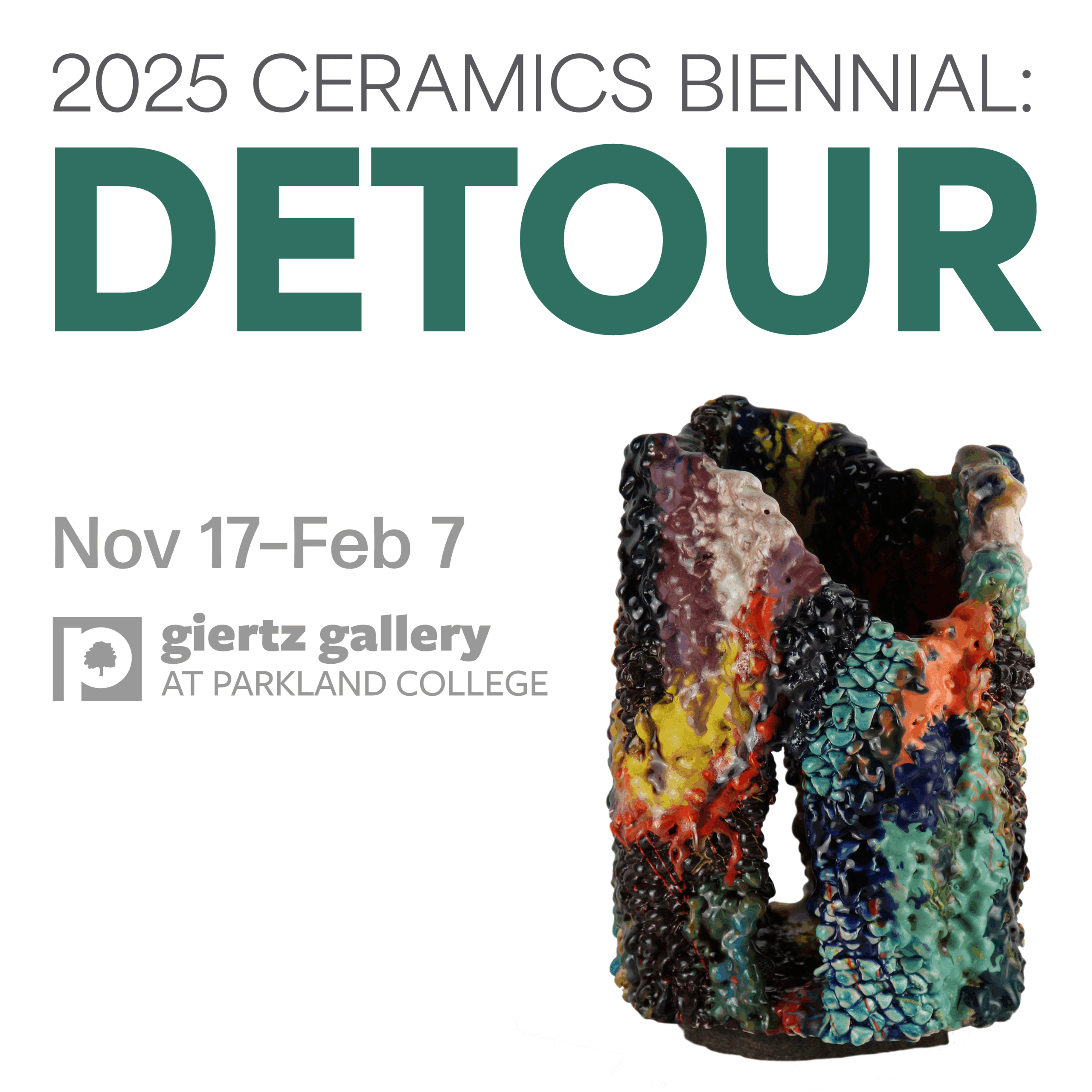*Burgwald Eye Center and Jones Optical are sponsors of the Mahomet Daily. This content is provided as part of that agreement.
Not all light is created equally. In today’s world, with natural and many forms of artificial light, we are surrounded with light 365 days a year. And while some forms of light powers or regulates our bodies, there are other forms of light, including ultraviolet (UV) and high-energy (HEV) light that have the potential to harm the human body.
Damaging effects of UV rays on the body have been widely documented over the years. Long-term exposure to UV rays will not only cause damage to the human skin, but it also has the potential to damage the eye. In today’s age, we all know the importance of wearing sunscreen to protect our skin, but it is also equally important to wear 100-percent UV protective sunglasses. Nearly 40-percent of UV exposure occurs when we are not in full sunlight.
Of course UV light has both positive and negative effects on our body. UV from the sun helps our bodies produce Vitamin D, which strengthens bones, muscles and the body’s immune system. It also helps to regulate our moods, metabolism and in some cases, it has been documented to help with certain skin conditions, such as psoriasis.
In the same way, HEV light (or blue light) has both positive and negative effects on your body. Not only does light help us see, but studies have also shown that forms of blue light help regulate a body’s hormone balance. Blue light helps the human body produce melatonin, which helps regulate our sleep cycle. This is why light therapy is an effective tool in helping people with sleep problems, including winter depression and insomnia.
But in today’s day and age, with the development of and constant consumption of electronic devices, such as computer screens, smartphones, tablets, LED screens and fluorescent lights, people are also exposed to higher levels of HEV light than ever before.
Optometrists are seeing an increased number of patients who complain of tiredness, headaches and sleeping problems due to overuse of electronic devices. With a rise of Computer Vision Syndrome, it is becoming apparent that long-term exposure to HEV light can also have damaging effects on people’s vision, specifically deteriorating the retina, which is responsible for sharp vision. Nearly 70-percent of U.S. adults experience digital eye strain as a result of using digital devices.
The over-exposure to artificial HEV light for hours can disrupt the body’s regulatory system. Many people complain of strain on the eyes neck and back, but HEV can also disrupt how the body responds to daylight and nighttime and it can change serotonin levels within the body. Long-term exposure to artificial blue light can also contribute to cataracts and age-related macular degeneration.
In darkness, the human eye switches to a different mode of vision, shifting from green sensitivity to the high-energy blue spectrum. This means that the human eye will perceive the blue light more intensely in dark environments. People who use electronic devices in the evening hours have reported trouble resting in the overnight hours.
Tablets, smartphones and computers have not only changed the light spectrum we are exposed to, but the distance at which they are viewed is also changing the visual behavior. Watching television at a distance is different than holding a computer monitor, a tablet or smartphone within a couple feet of our face. Because we are viewing these light sources at close proximity, our eyes don’t have the opportunity to relax. In some cases, our eyes are forgetting how to focus at various distances, causing additional eye strain.
Staring at screens at close proximity also encourages our eye to blink less, leaving our cornea to be moistened less by tear fluid. This can also lead to tired and strained eyes, and in some cases can even impair our vision.
According to a study by the Kaiser Family Foundation, children ages 8 to 18 spends more than 7 hours a day consuming electronic media. It is also estimated that the majority of adults spend 6 hours a day in front of a digital device.
As we became increasingly aware of the effects UV rays have on our bodies, we began recognizing the importance of making sure we use sunscreen or sunglasses. As optometrists are seeing an increase in blue light related problems, eyewear manufacturers have begun to study and produce lenses that will allow the necessary light through so that your eye can see while blocking the harmful light that damages your eye.
Patients at Jones Optical and Burgwald Eye Center have found success using these new technologies in their lenses. Whether you have an eye prescription and are currently wearing glasses or contacts or are feeling symptoms of eye strain from overuse of electronics, visit Dr. Erik Burgwald has the tools and resources you need to make sure your eyes are as healthy as the rest of your body.
 Erik Burgwald greets each patient with a smile, is eager to help and will go the extra mile for his patients. Complete with his state-of-the-art lab equipment he is able to help patients with more than just glasses and contact exams. Dr. Burgwald is a very family friendly doctor who is a volunteer in the Infantsee public health program (this program provides a one time, no cost eye exam to babies ages 6 to 12 months), donates to the local Lions Club, and participates in a variety of fundraisers here in the Champaign-Urbana area.
Erik Burgwald greets each patient with a smile, is eager to help and will go the extra mile for his patients. Complete with his state-of-the-art lab equipment he is able to help patients with more than just glasses and contact exams. Dr. Burgwald is a very family friendly doctor who is a volunteer in the Infantsee public health program (this program provides a one time, no cost eye exam to babies ages 6 to 12 months), donates to the local Lions Club, and participates in a variety of fundraisers here in the Champaign-Urbana area.



